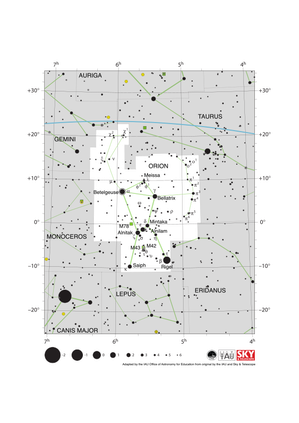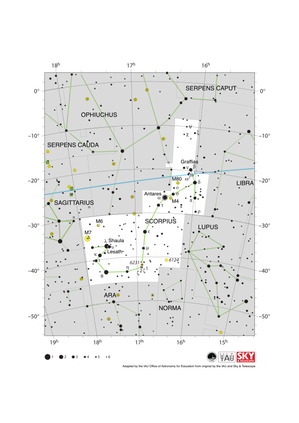Glossary term: Variable Star
Description: A variable star is a star that shows marked changes in brightness over time to observers. The brightness of all stars changes over millions or billions of years due to stellar evolution. The term variable star is typically reserved for stars whose brightness varies on timescales much shorter than their evolutionary timescales.
There are several possible physical mechanisms that can lead to variability. Some stars, such as Cepheid variables or RR Lyrae stars, are unstable and pulsate, changing their size and brightness.
Other stars can eject bright material that increases the overall observed brightness ("eruptive variables"). Stars called cataclysmic variables or novae show a sudden increase in brightness followed by a return to their previous level. In such systems, the scenario involves a pair of stars, with matter from one flowing onto the other, and igniting in a nuclear fusion reaction as soon as a certain threshold is reached. One companion or the other undergoes the cataclysmic explosion and brightening.
Other stars appear variable because they are rotating, showing us alternately a brighter and a less bright side, or because there are really two stars orbiting each other, with one star periodically being eclipsed behind its companion. This latter class of binary is known as an eclipsing binary.
Related Terms:
See this term in other languages
Term and definition status: This term and its definition have been approved by a research astronomer and a teacher
The OAE Multilingual Glossary is a project of the IAU Office of Astronomy for Education (OAE) in collaboration with the IAU Office of Astronomy Outreach (OAO). The terms and definitions were chosen, written and reviewed by a collective effort from the OAE, the OAE Centers and Nodes, the OAE National Astronomy Education Coordinators (NAECs) and other volunteers. You can find a full list of credits here. All glossary terms and their definitions are released under a Creative Commons CC BY-4.0 license and should be credited to "IAU OAE".
Related Diagrams
Orion Constellation Map
Credit: Adapted by the IAU Office of Astronomy for Education from the original by IAU/Sky & Telescope
License: CC-BY-4.0 Creative Commons Attribution 4.0 International (CC BY 4.0) icons
Scorpius Constellation Map
Credit: Adapted by the IAU Office of Astronomy for Education from the original by IAU/Sky & Telescope
License: CC-BY-4.0 Creative Commons Attribution 4.0 International (CC BY 4.0) icons










